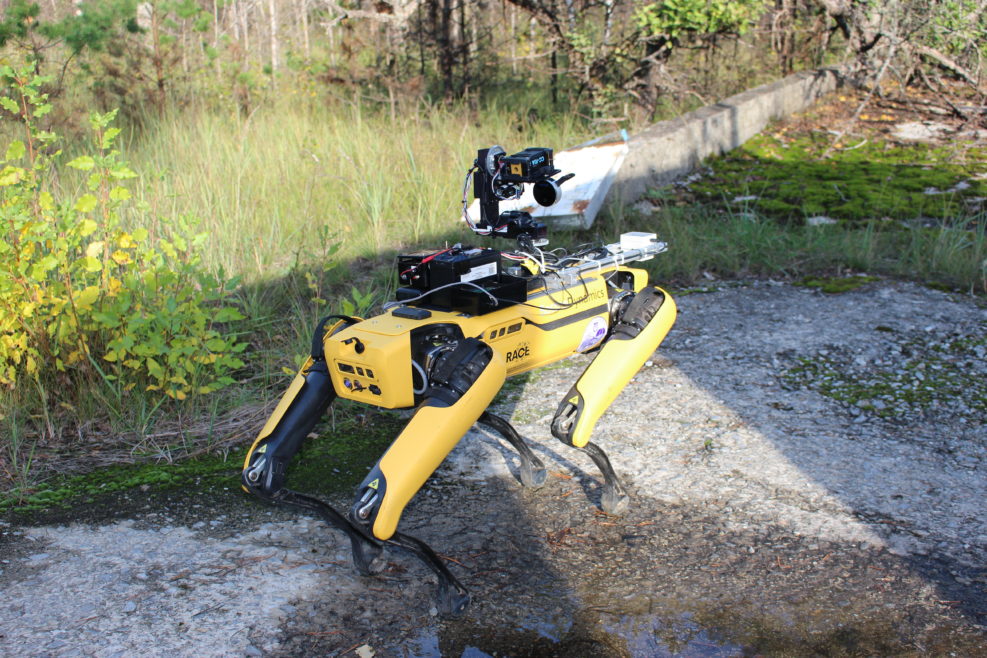
DOJ Arrests Couple for Huge Bitcoin Heist — Who Are They?
Cryptocurrency doesn’t depend only on technology; it depends on trust, and trustworthinessOn the morning of February 8, DOJ announced that they had made an arrest in the $3.6 billion Bitcoin heist from Bitfinex from 2016. They arrested Ilya Lichtenstein and his wife, Heather Morgan. However, little information was conveyed about the pair. Some digging, however, revealed two individuals by those names who worked together in a variety of technology startups, at least one of which is cryptocurrency-based. While we don’t know for certain if these are the same individuals, the profiles are very similar, and other media seem to be reporting that they are the same. The profile here is on the two individuals we were able to identify, and have not confirmed they are identical to the ones in the Read More ›



















